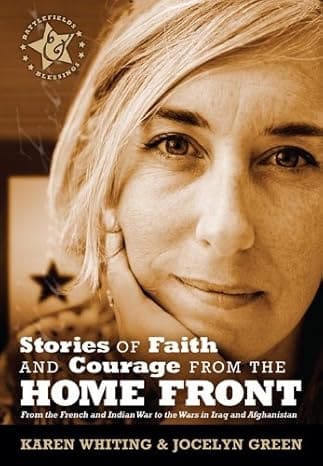Related Articles
Renewing Your Mind for the New Year
What Are You Asking God to Do in Your Life This Year? As you step into this new year, what are you…
Four Steps to Setting Goals in the New Year
As you step into a brand-new year, you may feel the desire to reset, refocus, or simply get back to…
New Mercies for a New Year: Hope from the Ashes
The first week of January carries its own kind of quiet weight. The lights of December have dimmed.…
Celebrate New Year’s Eve with Worship: Step into 2026 with Hope and Expectation
As the calendar turns and a new year approaches, many of us pause to reflect on the past 12…
Next Steps To Strengthen Your Walk
Inspiration Today Newsletter
Supercharge your faith and ignite your spirit. Find hope in God’s word. Receive your Inspiration Today newsletter now!
Christian Articles
Find articles to strengthen your walk and grow your faith. We have a wide range of topics and authors for you.
Submit A Prayer Request
We are here for you. Simply click on the button below to reach us by form, email or phone. Together we will lift our hearts and voices with you in prayer.







